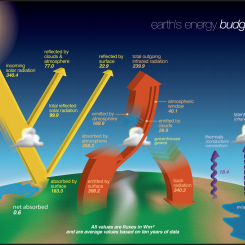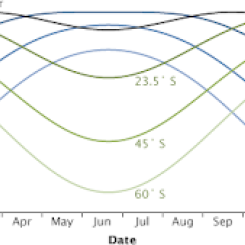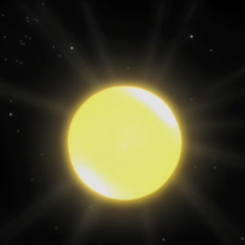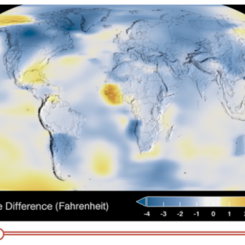Mini Lesson/Activity
Atmospheric Methane
Overview
Students watch a short video to gather information about sources of methane emissions and then extend their understanding of these sources to evaluate monthly trends in the Alaska region, ultimately making connections to Earth’s energy budget.
Student Directions
Methane is a powerful greenhouse gas that traps heat 28 times more effectively than carbon dioxide over a 100-year timescale. The amount of methane in Earth’s atmosphere has reached record levels in recent years. After carbon dioxide, methane is responsible for about 23% of climate change in the twentieth century. Methane is produced under conditions where little to no oxygen is available.
Watch the Sources of Methane video for a brief introduction to sources of atmospheric methane and learn how scientists are modeling the greenhouse gas to better understand the conditions and activities that result in methane emissions around the world. After watching the video, respond to the questions below.
Steps:
- Check with your instructor on how to submit your answers.
- Identify the range of methane emissions displayed on the model.
- Identify and describe two anthropogenic sources of methane emissions.
- Identify and describe two natural sources of methane emissions.
-
Develop a scientific question that could lead to an investigation about a particular source of methane emissions.
During the video, various regions were highlighted and information was presented about different sources of methane emissions. One such region highlighted was the Arctic where they identified that natural sources accounted for more than 70% of the methane emissions. View the next video Concentrations of Methane in Alaska that displays the fluctuation in monthly concentrations of methane in the Alaska region for three consecutive years. Respond to the questions to evaluate your understanding of these natural sources.
- View the video "Concentrations of Methane in Alaska" |Source: MY NASA Data |Video Length: 1:14 | https://www.youtube.com/watch?v=9K_cWHtt0lY
- Identify the range of methane emissions displayed on the model. How does this compare to the movie model?
- Use specific data to describe a seasonal trend observed in methane emissions in the Alaska region.
- Explain how seasonal trends affect carbon cycling, including methane emissions in the Arctic region.
- Refer to the Earth’s energy budget diagram below to discuss how methane emissions in the Arctic are part of a positive feedback loop that is associated with an increasing rate of warming Arctic temperatures.
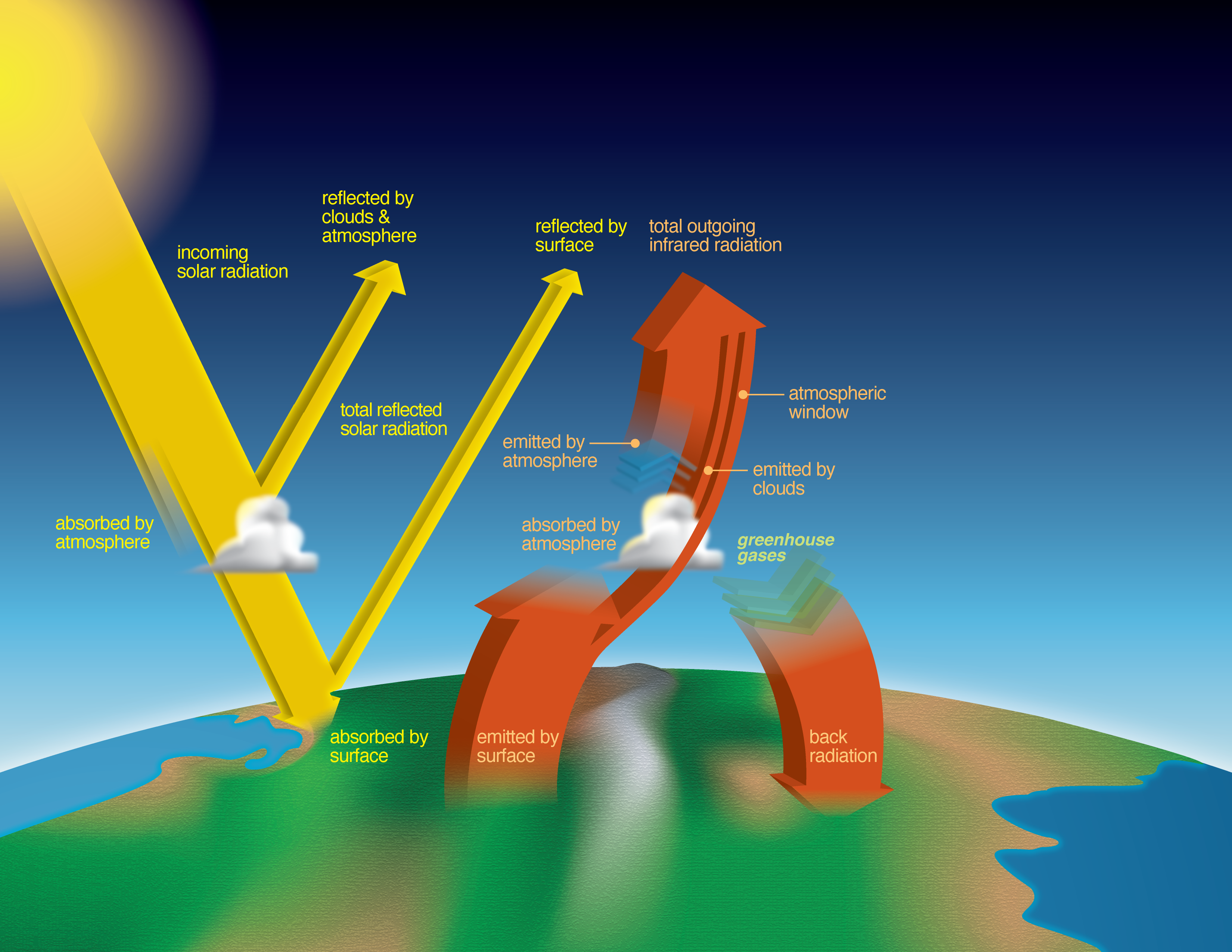
Teacher Note
This mini-lesson may be used to support student understanding of a commonly used model of Earth’s energy budget and clarify terminology used within the context of that model.
Students should have knowledge of the electromagnetic spectrum prior to this lesson.
Sources:
- Cassidy, E., & Stevens, J. (n.d.). Mapping methane emissions from fossil fuel exploitation. NASA. Retrieved August 8, 2022, from https://earthobservatory.nasa.gov/images/149374/mapping-methane-emissio…;
- MY NASA Data. Concentrations of Methane in Alaska. Retrieved August 8, 2022, from https://www.youtube.com/watch?v=9K_cWHtt0lY
- NASA's Scientific Visualization Studio. (2020, July 9). SVS: Sources of methane. Sources of Methane. Retrieved August 8, 2022, from https://svs.gsfc.nasa.gov/4799
Teachers, these mini lessons/student activities are perfect "warm up" tasks that can be used as a hook, bell ringer, exit slip, etc. They take less than a class period to complete. Learn more on the "My NASA Data What are Mini Lessons?" page.
Teachers who are interested in receiving the answer key, please complete the Teacher Key Request and Verification Form. We verify that requestors are teachers prior to sending access to the answer keys as we’ve had many students try to pass as teachers to gain access.
Disciplinary Core Ideas:
- ESS2A: Earth Materials and Systems
- ESS2D: Weather and Climate
- ESS3D: Global Climate Change
Crosscutting Concepts:
- Patterns
- Cause and Effect
Science and Engineering Practices:
- Asking Questions and Defining Problems
- Analyzing and Interpreting Data
- Engaging in Argument from Evidence

